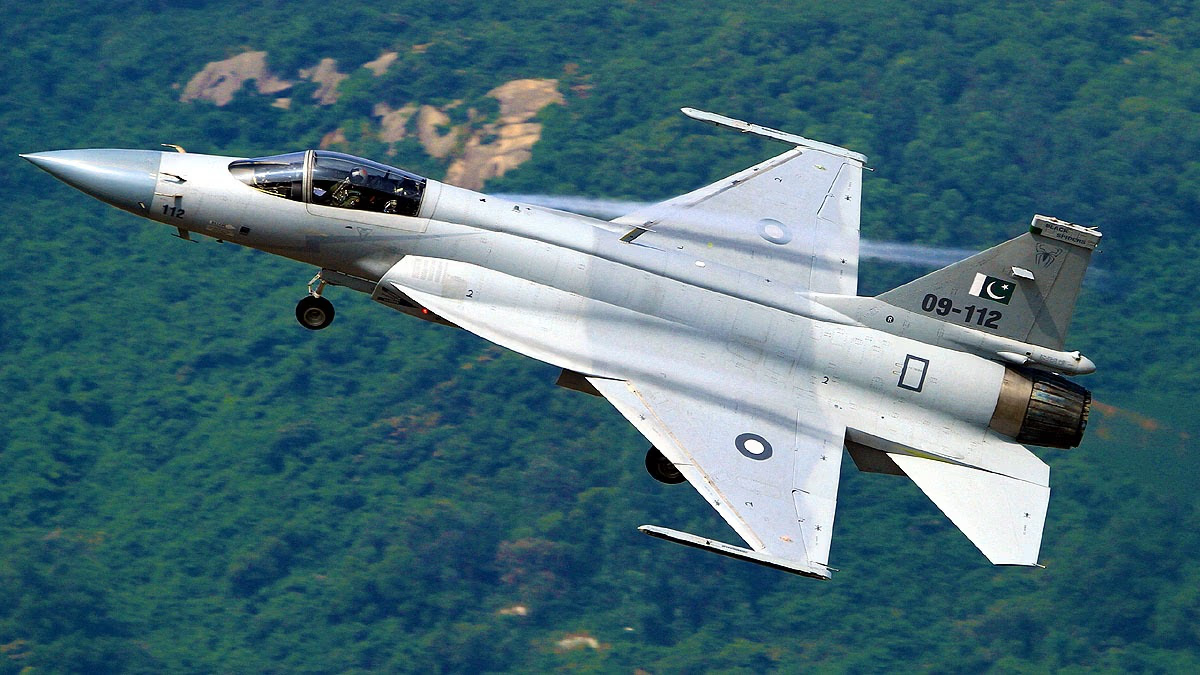Iran launched 200 missiles at Israel, including ballistic and hypersonic varieties. Israel's advanced air defense system neutralized these threats. Some missiles crashed to the ground, yet the air defense managed to control the situation. Retired Major General Ashok Kumar, currently the Director General of CENJOWS, sheds light on this topic.
Ashok Kumar explains that when a battlefield is flooded with rockets or missiles from the sky, air defense systems often struggle. Nevertheless, many missiles can be intercepted. Israel’s missile defense is highly active and swift, minimizing damage effectively.
Also Read:
Unveiling Israel's Mighty Air Defense Systems...
Iron Dome... Israel's Unmatched Missile Shield
Whenever rockets, drones, or missiles target Israel, Iron Dome steps in. It's the world’s most precise and effective air defense system, deployed by Israel in 2011. Since then, it has shielded Israelis from rocket attacks launched by Hamas and other Palestinian militant groups.

Source: aajtak
When the Iron Dome identifies 100 incoming rockets, it destroys 90 in mid-air. Its inception dates back to 2006, following a barrage of thousands of rockets from Hezbollah. The aftermath was severe, with hundreds dead and many fleeing Israel, resulting in massive destruction.
Responding to this, Israel developed the indigenous missile defense shield, named Iron Dome. Originally protecting a 150 sq km area, it now safeguards 250 sq km. It can intercept enemy rockets from two different directions.
Also Read:
Each missile firing unit consists of Tamir interceptor missiles packed with electro-optic sensors and steering fins. A battery includes three-four launchers with 20 missiles each.
David's Sling... Iron Dome's Powerful Ally
Meet David’s Sling, Israel's medium to long-range air defense system. Also known as Magic Wand, this surface-to-air and anti-ballistic missile interceptor is a joint creation of Israel and the United States. It's designed to intercept drones, tactical ballistic missiles, rockets, and cruise missiles. They can either be shot down or destroyed mid-air.

Source: aajtak
David's Sling can destroy weapons from 40 to 300 km away. It has a two-stage missile design, achieving speeds of 9261 km/hr. It forms an essential part of Israel’s multi-layer air defense, protecting Tel Aviv alongside Iron Dome.
Arrow-2 and Arrow-3... Capable of Striking from Space at 9000 km/hr
The Arrow missile family, also known as Hetz, stands as Israel's high-speed countermeasure. Each missile weighs 1300 kg, includes three variants standing 22-23 feet tall, with wings for stable flight. Equipped with 150 kg directed high-explosive fragmentation warheads.
Also Read:
This missile uses a two-stage solid propellant, capable of reaching beyond the atmosphere. It boasts a lethal speed of 2.5 km per second, traveling 9000 km/hr. Launched from truck-mounted six-canister systems.

Source: aajtak
The Arrow-3 missile system is Israel’s top shield, protecting from above the atmosphere. Though exact parameters like range, speed, and accuracy are classified, it's claimed to surpass the Arrow-2 in speed and precision. In service since 2017, it enables Israel to join the elite group of nations capable of knocking satellites out of space.
Insights from Our Expert
Initial Hamas Attacks...
Major General Ashok Kumar notes that during peace times and initial skirmishes, the Iron Dome struggled against Hamas attacks. However, once activated against Iran’s offensive, it minimized damage. Although some missiles landed, the Iron Dome’s efficiency reduced harm significantly.
Also Read:
International Support...
Ashok Kumar highlights continuous aid from the USA and UK to Israel. These allies help reduce threats with arms, equipment, and technology, such as early warning missile detection systems.

Source: aajtak
The Supersonic Missile Challenge...
Supersonic missiles pose a significant threat. If they approach Israel in large numbers at great speeds, the air defense systems will be tested. David’s Sling and Arrow systems may face interception difficulties under such conditions.
Comparison with India...
India is also establishing multi-layered air defense systems. However, due to its vast geographical area, deploying such technology nationwide is a monumental task. Nonetheless, India's focus on multi-layered defenses is crucial for its security.




